What are heart rate training zones and how to calculate them
Although power training has become increasingly popular, it is still not easily accessible for many cyclists who rely on heart rate as a still valid reference to quantify the intensity at which they pedal. We explain how to make good use of what, for several decades, has been the way to train.
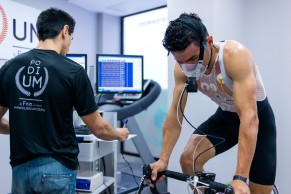
Heart rate is still useful for training
We are in a time where watts are the order of the day. Many people talk about FTP, TSS, normalized power... and, in fact, for anyone who intends to get the most out of the time available for training, it is an indispensable piece of data. The cheapening and increased offer of power meters, which some manufacturers even include in the standard assemblies of bikes, has greatly contributed to it becoming an increasingly common way to train.
However, there are still some barriers for the general public when it comes to using power as a training reference. First of all, there is still the price limitation since, although power meters have become cheaper, they are still devices that require a certain outlay that puts off users who are not looking to carry out a perfectly planned preparation.
RECOMENDADO

Tips for getting up early to ride

Complete list of the highest paid cyclists of 2025
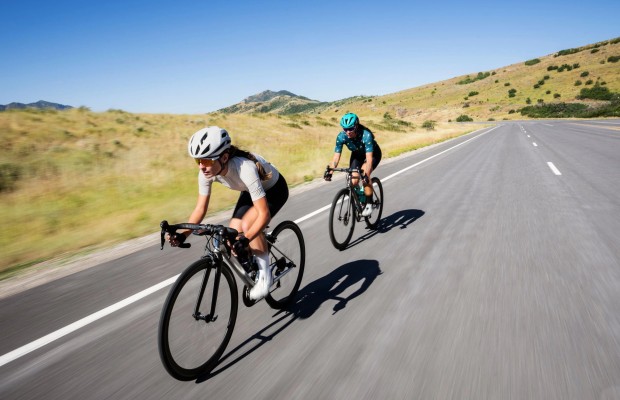
Shimmy Effect: why some bikes become uncontrollable when going downhill

How many calories are burned when cycling
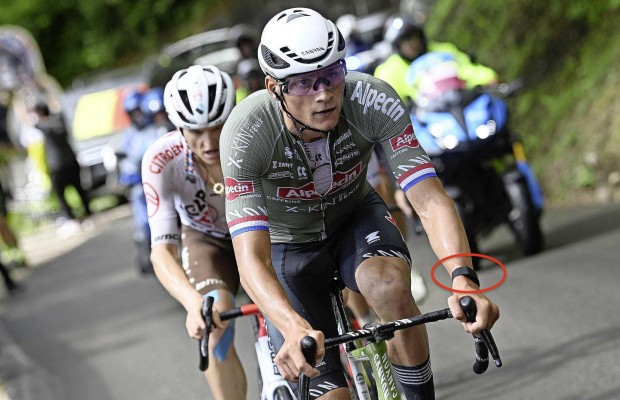
What is heart rate variability and how does it affect the cyclist?

Fat Max Training to efficiently eliminate fat
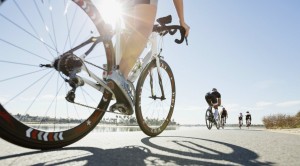
The other aspect that limits access to power training is the knowledge that this form of training requires and that involves handling a series of parameters that can scare off users with fewer concerns. In fact, if we want to get the most out of the power meter, we should have a personal trainer who is capable of interpreting the large amount of information that these devices provide and guide us to the appropriate workouts at each moment.
The vast majority of cyclists do not have this profile but simply ride a bike and only want to have a reference to know the intensity at which they should pedal without having to read a lot of books. For them, heart rate training is a perfectly valid reference, just as it has been at all levels for decades. A less precise method of training but, after all, valid.
Determining heart rate zones
If we choose to use heart rate for our workouts, it is important to know the different training zones, that is, what physiological characteristic we are working on in each of the ranges at which our heart is capable of beating.
The most accurate way to know these zones is, after a period of prior conditioning, to perform a stress test in a laboratory with oxygen consumption measurement that will give us precise data about the different working ranges of our heart.
Several training zones are usually defined: recovery zone, in which the body mainly consumes fats as fuel, no new adaptations to effort are produced and the body is capable of recovering from previous efforts; aerobic zone, located between the aerobic and anaerobic threshold, a range of heart rates at which the muscles begin to consume glucose along with fats, more as the intensity increases and where the ability to maintain effort for a long time, i.e., resistance, is improved.
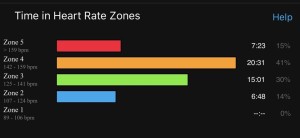
Next, we would find the anaerobic threshold zone that would mark the maximum level of effort that we can sustain for a more or less long period. From here, muscle cells generate more lactic acid than the body is capable of recycling and the intensity is only sustainable for short periods, this is the so-called anaerobic zone.
As we have told you, the most accurate way to determine these zones is a stress test. However, at home level there are other more or less accurate options.
The most used and that provides a more than reasonable accuracy is the so-called Karvonen Formula, which takes as reference the maximum heart rate and the resting heart rate.
Target heart rate = (Max HR - Resting HR) x % intensity) + Resting HR
To determine the different zones we should take into account that the Active Recovery zone is usually found between 60 and 70% intensity, the aerobic zone goes from 70 to 80% and the anaerobic zone from 80 to 90%, with the anaerobic threshold located in a range that is usually between 85 and 90% intensity.

To determine the maximum heart rate, the formula 220-age has traditionally been used, a formula determined with respect to the general population and that does not take into account the specificity of the athlete's adaptations. The most accurate way to know our maximum heart rate is precisely by reaching it. To do this, at times when we are out of shape, after a rest period, we will make a maximum effort, on a hard climb. We will repeat the effort several times to validate the data. It is important to do this test when we are out of shape since, when we have a certain level of training, the adaptations in the cardiovascular system make it much more difficult for the heart rate to rise to these levels.
As for the resting heart rate, we will measure it as soon as we wake up, lying in bed, we will remain a couple of minutes as relaxed as possible, recording the minimum figure that our heart rate monitor indicates.
There are other more or less approximate ways to determine our heart rate zones. One of them can be, simply, the perception of effort. In the active recovery zone we ride with a perfectly normal breathing rhythm, being able to maintain a conversation without problem and with an absolute sensation of effort. When we move to the aerobic zone, breathing speeds up slightly but we can continue talking normally although here we already notice that we are making an effort on the bike. As we approach the anaerobic threshold, breathing begins to speed up, we start to talk in a choppy way until, in the full anaerobic zone we hyperventilate and it is impossible to maintain a conversation.
When training by heart rate, we remind you that you should bear in mind that they are not only an indicator of effort but can be influenced by other factors. The level of hydration, accumulated fatigue, being sick, temperature, fitness level, etc. are factors that can prevent us from reaching the heart rates we are used to or, on the contrary, cause them to skyrocket at the slightest effort.